Baking Guide | how to achieve consistency in coffee roasting? Do you make the heat transfer of roasted coffee?
Professional coffee knowledge exchange more coffee bean information please follow the coffee workshop (Wechat official account cafe_style)
When you search from a dazzling array of coffee origins to find your favorite raw bean, and then try again and again to bake a batch of satisfying beans. Do you have a glimmer of hope that you can still bake this smell in the next furnace, next year, or even ten years later?
When the coffee beans are roasted and sold, baristas and consumers will remember the taste they drink and want to drink the same flavor every time. As a result, baking inconsistent batches of cooked beans can only be paid for by the baker himself.
However, the consistency of coffee roasting is far from as simple as "each batch of raw beans reaches the same temperature within the same time range".
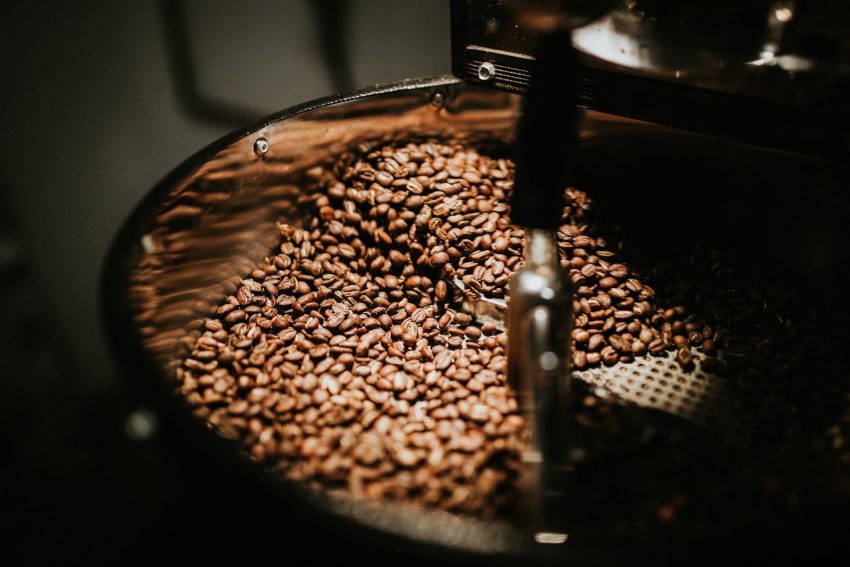
First of all, you need to understand heat transfer.
A key component of coffee roasting is to understand the basic principles of heat transfer. In the classic drum bean dryer, there are two main sources of heat transfer from the machine to the raw bean: conduction and convection.
Conduction heat refers to the heat transferred through the direct contact between the drum and the raw bean. When raw beans tumble in a hot drum, it is convective to absorb the heat caused by the hot air. Coffee roasting needs conduction and convection to transfer heat, which makes raw beans react appropriately and develop flavor in the roasting process.
Don't rely too much on your bean thermometer-the thermometer reading only tells you the temperature of the air inside the oven, not the heat temperature of the drum. This is a very important knowledge point. Because the drum acts as a radiator: rollers made of various materials absorb a lot of heat from the lower flame, store it inside the oven and eventually transfer it to raw beans.
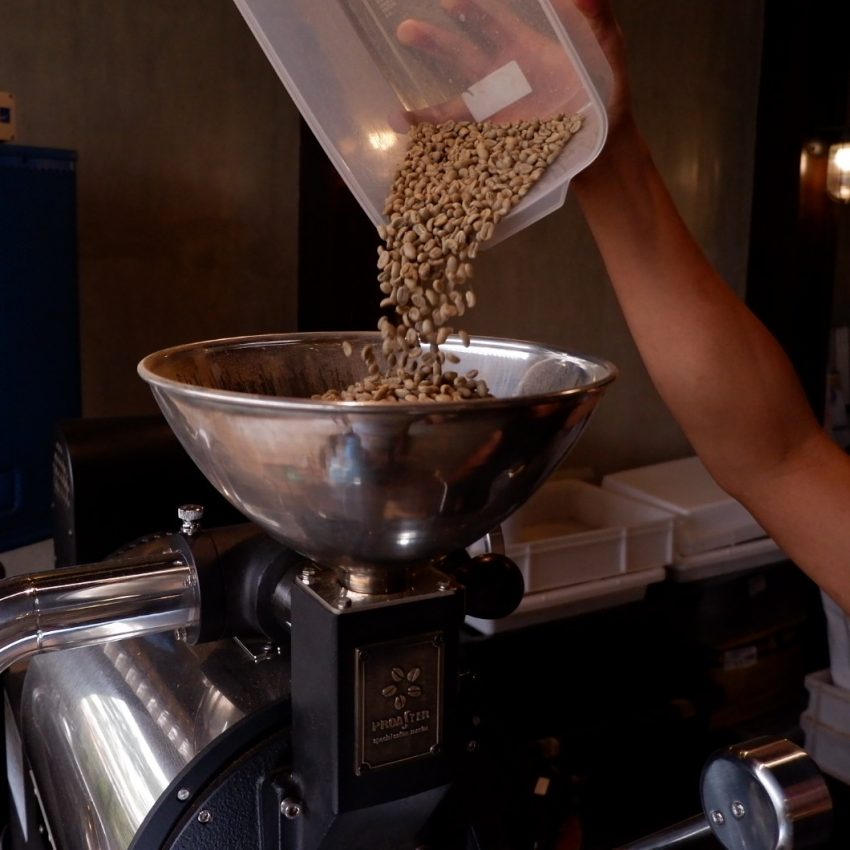
You can imagine heating two identical pieces of metal in a 200 ℃ oven. If you take out one of the pieces immediately after the oven temperature rises to 200 ℃, the other piece will stay in it for another ten minutes before taking it out. Do you think the two pieces of metal will cool to room temperature for the same time? Even if both things are at the same maximum temperature, the time at which they absorb heat is different, which makes them absorb different amounts of heat.
Coffee roasting is a similar situation. When you bake coffee beans, there is a continuous cycle: put raw beans in the roaster and cooked beans come out of the oven after baking. In this process, the heat value stored by the drum will fluctuate. Controlling and mastering the law of this fluctuation is the important point to achieve stable baking.
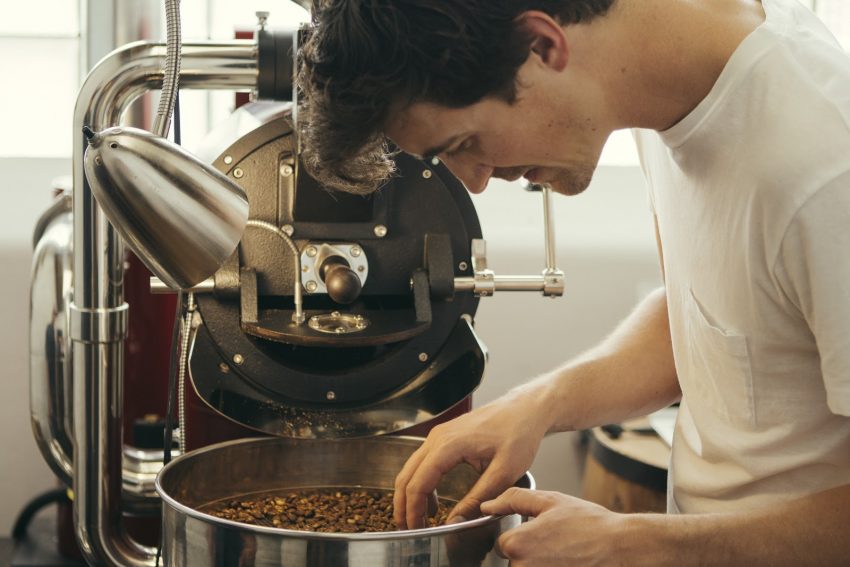
How to ensure the consistency of baking?
In coffee roasting, there is no effective, once-for-all way to ensure consistency in baking. However, here are a few tips to increase the chances of stable baking.
Plan your space and baking plan in advance
A professional baking plan begins with a well-planned storage space for raw materials. You can walk around comfortably and easily find all the raw materials you need. Getting everything ready before baking starts is a very important professional accomplishment.
Therefore, before baking begins, weigh the raw beans you need to bake and make sure there is a special area for the finished cooked beans. If you need to clean the exhaust system during the production process, please make a plan to clean the silver skin regularly.
Ideally, you should bake multiple batches of raw beans with the same baking curve. This minimizes changes in heat storage due to differences in raw beans or baking curves. However, as it will be very monotonous, boring and boring to repeat the same operation for a long time, it is a great test for the psychological quality of the baker.If you are not careful, you will be distracted or even doze off. Of course, this can be avoided, and if conditions permit, you can divide your long baking plan into some half-time breaks and arrange regular energy replenishment and relaxation.
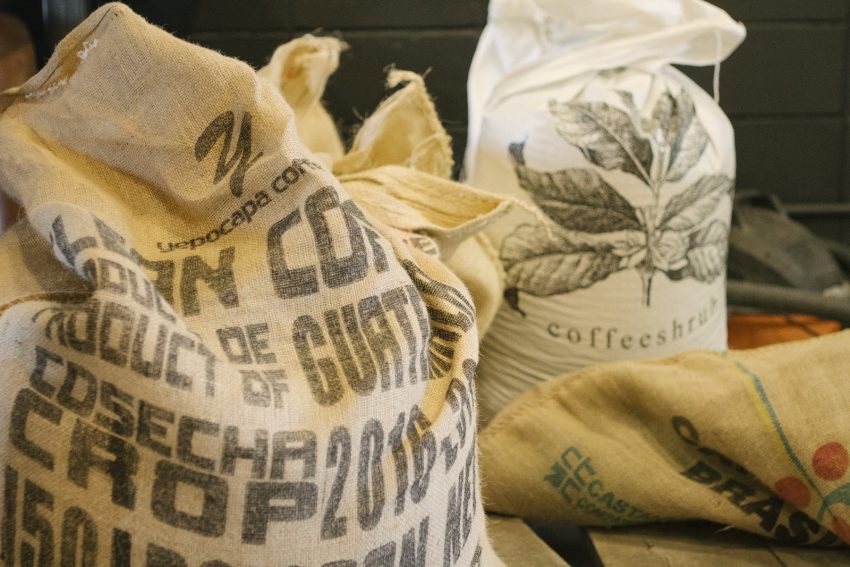
Fully preheat the roaster
The significance of the preheating roaster is to provide sufficient heat storage for the oven drum. If the drum is not preheated to the correct temperature, you will lack the heat transferred to the coffee beans during the baking process. In this case, you may be forced to increase the firepower to compensate for the heat, and then after the drum reaches a certain temperature, you have to reduce the firepower to slow down the temperature rise rate. Perhaps the performance of the baking curve will be exactly the same, but if different proportions of conductive and convective heat are produced in different baking batches, the baked results will deviate, which is precisely the problem that baking is difficult to achieve consistency.
At what temperature should it be preheated and how long should it be preheated? This value varies from model to model of roaster. A sample machine of one or two hundred grams may only need to be preheated for more than ten minutes to ensure a full and uniform distribution of heat, while a large roaster of 100 kilograms may take more than an hour to preheat.
No matter how long you warm up, be sure to keep the temperature consistent. Adequate preheating cycle at the beginning of production is one of the key points that should be paid attention to in the operation of the roaster.
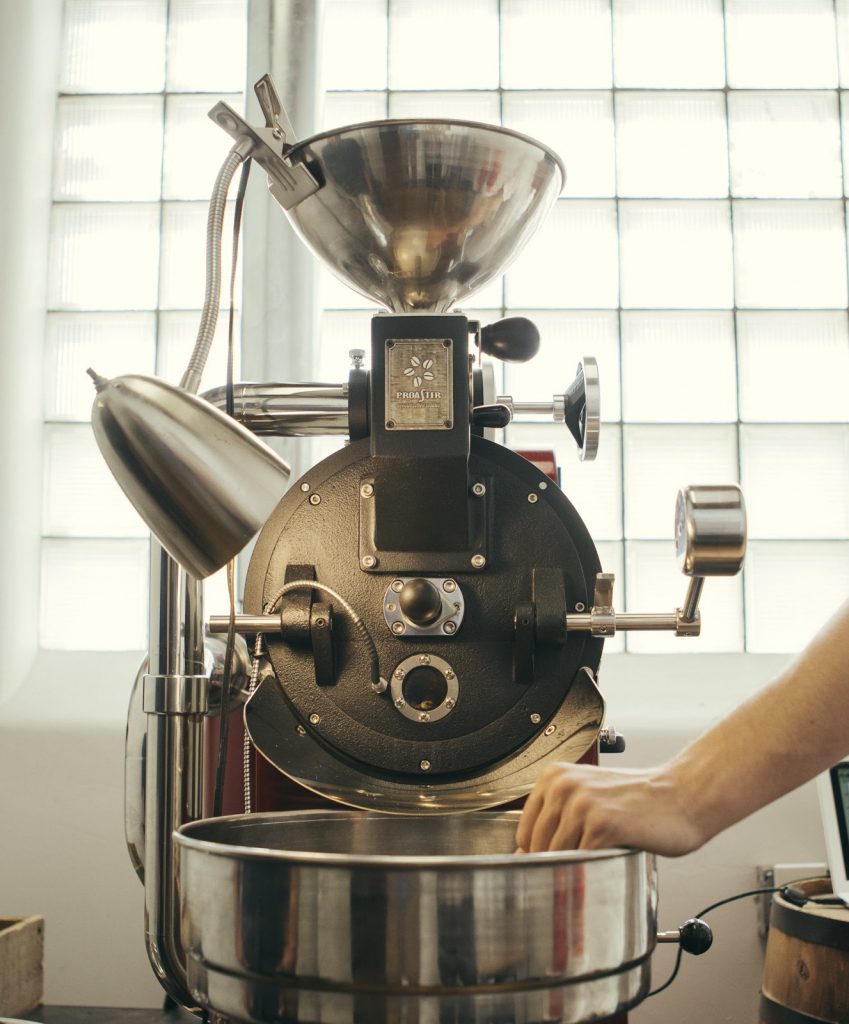
Standardize your baking operations
In the actual operation of coffee roasting, there are not a series of breakpoints and broken lines, and the change of temperature in the whole roasting process is a continuous S-shaped curve. In order for these curves to look the same and the flavor to be the same, you need to make sure that the length of time of each oven is the same.
How to reheat the roaster after coming out of the furnace has a vital impact on the amount of heat stored in the oven and the numerical value. The most obvious control point is the baking temperature. When you finish a batch of baking and cool it, the baking releases a lot of heat. Therefore, it is very important to standardize the time required to empty the oven and reheat between baking.
In fact, there is no need to shorten the time it takes to open the outlet at the end of the baking. instead, focus on making sure that the discharge time is the same each time you open the door.
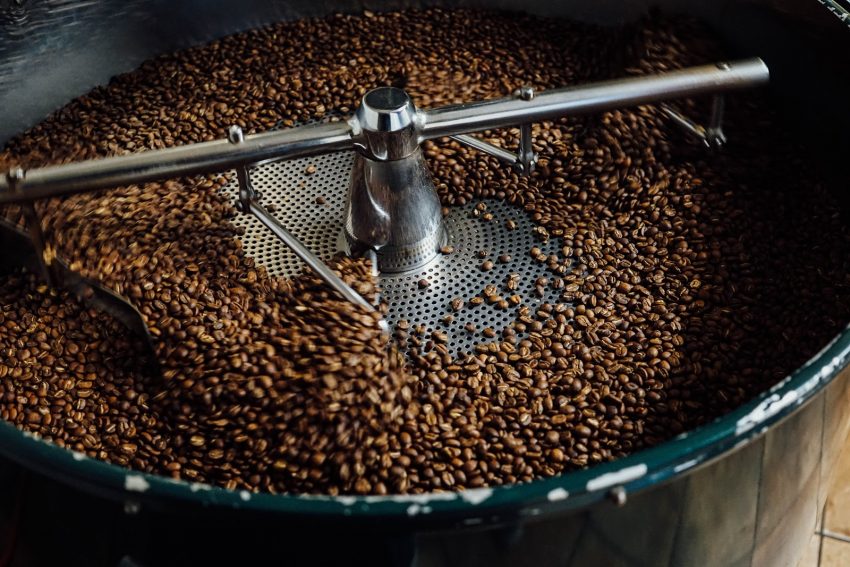
In addition, you should also determine the length of time for raw coffee beans to be in the oven. The open feed port is actually another point of heat loss. But don't rush to shove all the raw beans into the oven and keep it steady.
Depending on your personal space and business needs, you may have other roasting plans for coffee beans. Standardize these baking arrangements into a standard process so that they can be executed in the same mode each time.
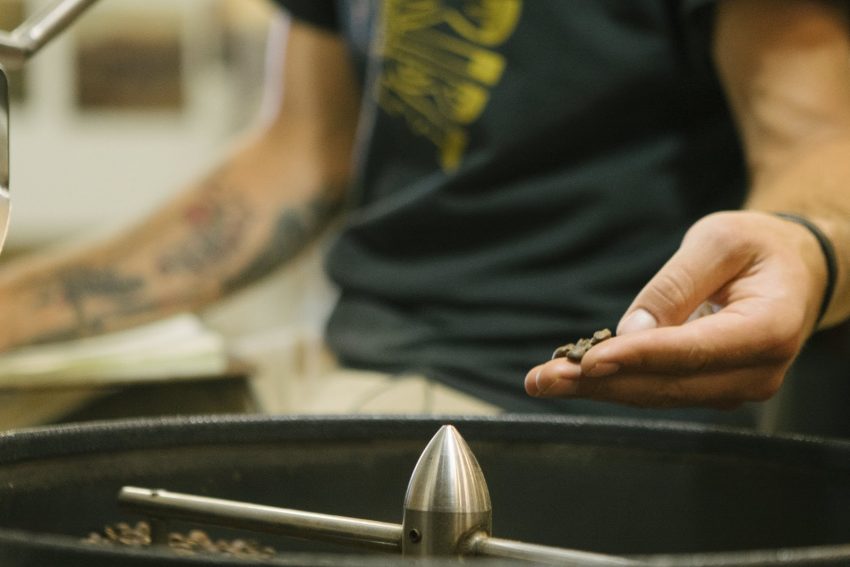
Understand the convective heat flow of the bean dryer
No matter what machine you use to bake, the baking room will communicate with the air outside, inhaling cold air and emitting hot air and water vapor. The capacity and displacement of your roaster are related to convective heat transfer.
The convective heat flow of the bean dryer is particularly important after the "explosion" of the coffee beans. at this time, the coffee beans are in the exothermic stage, you will reduce your firepower, and use air convection to take away the appropriate heat, hoping to get a stable hot air environment. to keep the coffee bean temperature rising steadily.
Some roasters have a valve (throttle) to adjust the size of the air flow, but you should identify other factors that may affect the air flow. For example, when your silver collection box is full, the efficiency of the exhaust fan will be reduced. Hot, cold or humid weather can also affect the air inhaled in the roaster. Creosote, a black tar-like substance, may be produced during coffee roasting, which may limit the flow of air (not to mention fire) if it accumulates and clogs in the exhaust pipe for a long time.
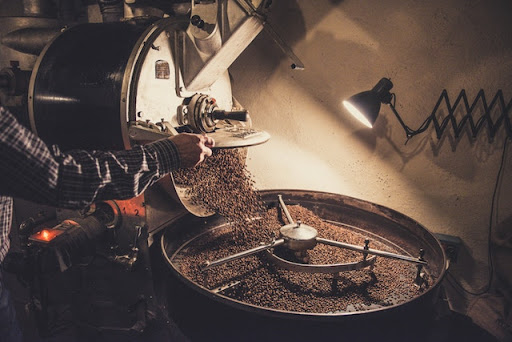
Check and compare your baking parameters
Qualified roasters will often cup test their own roasted coffee beans. Regular sampling cup tests can help you understand the changes in the performance of the roaster during multiple runs and sharpen your sense of smell.
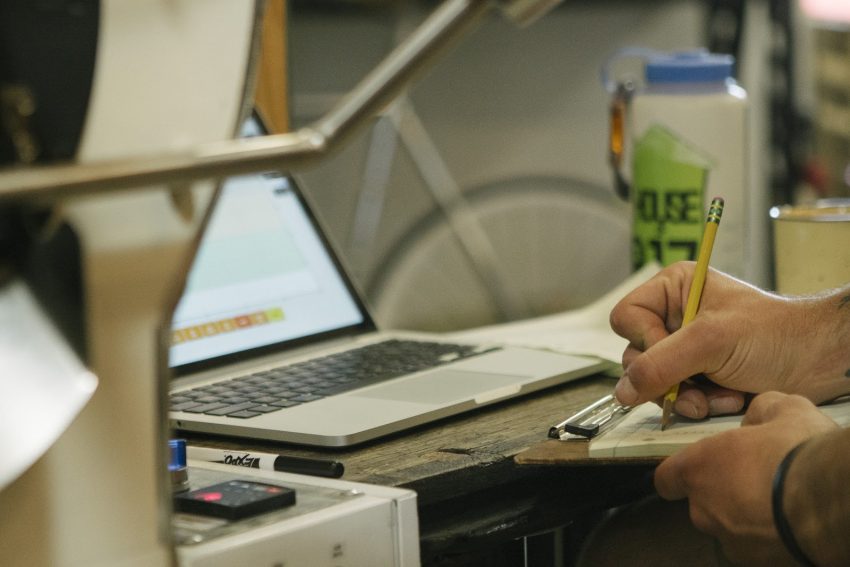
You can also check the weight loss rate of roasted coffee beans. Generally speaking, the weight loss rate of baking is the weight of cooked beans / the weight of raw beans. It is easier to compare as a percentage. The change in baking weight loss rate can easily determine which batches of cooked bean products need further testing.
Or check and compare the roasting color value of coffee beans, the deeper the roasting degree, the darker the color of coffee beans. You can use a color value card for comparison, or you can buy a chromaticity detector directly. These can provide you with immediate feedback during the baking process, and can even be provided to customers as a measure of transparency.
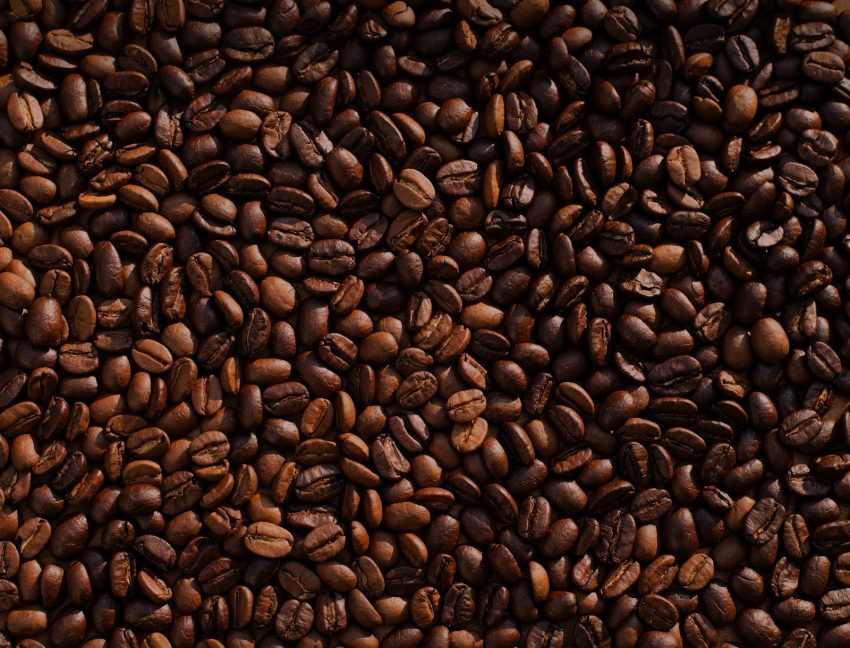
Last
Achieving consistency in coffee roasting is quite challenging. There are enough variables to consider when trying to explore the perfect baking curve. When you plan to repeat this perfect curve over and over again, you will encounter more variables. However, if you can understand the physical changes in the baking process, pay attention to details and quality control procedures, then it is not too difficult to run a perfect curve every time.
END
Important Notice :
前街咖啡 FrontStreet Coffee has moved to new addredd:
FrontStreet Coffee Address: 315,Donghua East Road,GuangZhou
Tel:020 38364473
- Prev
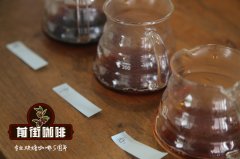
Hand brewing coffee is a way of life, brewing a cup of sweet orange manor coffee by hand.
Professional coffee knowledge exchange more coffee bean information please follow the coffee workshop (Wechat official account cafe_style) what is called hand-brewed coffee, I said, it is a way of life hand-brewed coffee is currently a more popular way of coffee taste in Europe-a kettle, a flannel filter, a filter dish using only water and coffee powder after grinding with a single variety of coffee beans.
- Next

There are many ways to brew coffee by hand, such as Japanese meteorite, volcanic and American style.
Professional coffee knowledge exchange more coffee bean information please follow the coffee workshop (Wechat official account cafe_style) so correct understanding is necessary, we should not blindly follow. Today we will introduce several common methods of hand flushing, such as volcanic flushing, meteorite flushing, one-stage, three-stage, mixing, European-American and Japanese spot injection. In addition to the dot injection method
Related
- Beginners will see the "Coffee pull flower" guide!
- What is the difference between ice blog purified milk and ordinary milk coffee?
- Why is the Philippines the largest producer of crops in Liberia?
- For coffee extraction, should the fine powder be retained?
- How does extracted espresso fill pressed powder? How much strength does it take to press the powder?
- How to make jasmine cold extract coffee? Is the jasmine + latte good?
- Will this little toy really make the coffee taste better? How does Lily Drip affect coffee extraction?
- Will the action of slapping the filter cup also affect coffee extraction?
- What's the difference between powder-to-water ratio and powder-to-liquid ratio?
- What is the Ethiopian local species? What does it have to do with Heirloom native species?

